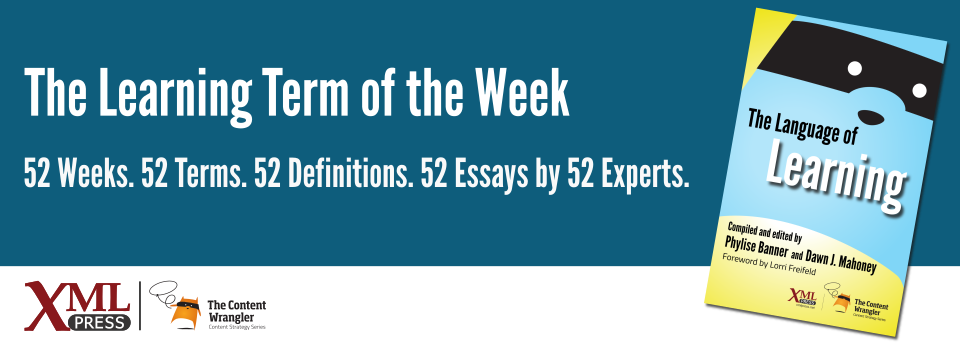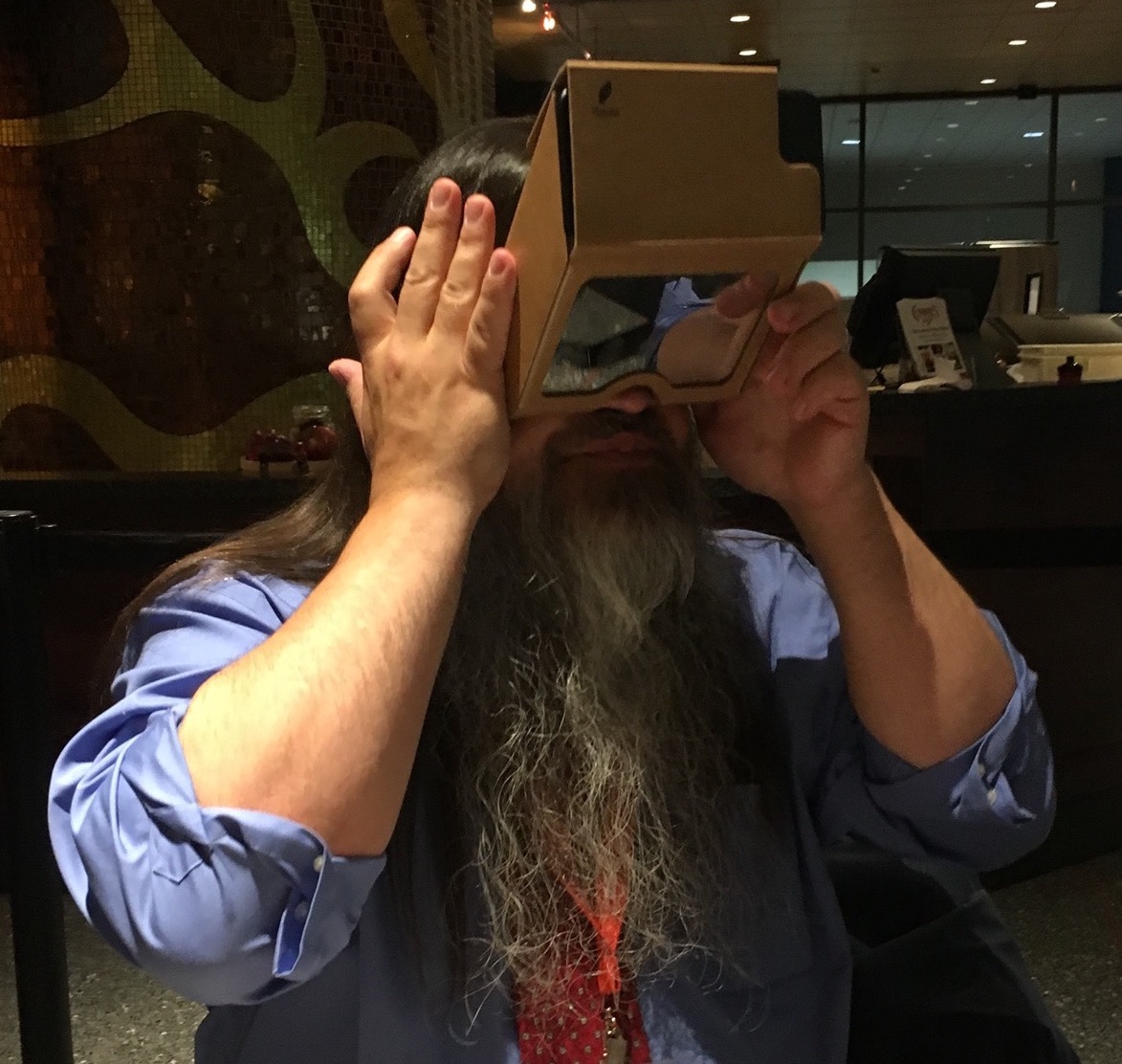What is it?
A way to demonstrate and communicate an achievement to a wide variety of online platforms.
Why is it important?
Being able to communicate effectively what you know and are able to do to others is an essential component of being an effective learner and successful in your career.
Why does a business professional need to know this?
Successful learners do more than accumulate knowledge and skills. It is also important to communicate effectively what you know and are able to do. On the surface, a digital badge typically consists of a brief title and an image representing an activity. When you click on the badge you access the details of the activity, including who issued the badge, what was done to earn the badge, and sometimes a link to evidence demonstrating the skill or knowledge signified by the badge.
A digital badge is more specific than a resume or CV (which is only a summary of your experience and credentials) or an academic transcript (which typically lists only courses and grades).
Digital badges are commonly issued to recognize achievement in formal educational settings as well as in continuing education, training, and professional development. A digital badge is easily shared via online platforms like LinkedIn, Facebook, or Twitter and can also be embedded in a web page or e-portfolio.
As you accumulate badges, you acquire a visual representation and summary of your knowledge and skills, making it easier to identify strengths and gaps in your education and professional development activities.
Digital badges also help gamify an experience when grouped together to demonstrate an increasing level of mastery. Digital badges can be stacked into something more comprehensive that is sometimes labeled a micro-credential.
References
- (Markowitz 2018) The Seven Deadly Sins Of Digital Badging In Education: Markowitz, Troy. (2018). Forbes.
- (Niguidula 2020) The Power of Digital Badges: Niguidula, David. (2020). ASCD.
- (Weiss 2020) 6 Reasons Why Online Course Creators Should Use Digital Badges: Weiss, Mike. (2020). eLearning Industry.
- (Braxton 2019) 7 Things You Should Know About Digital Badges: Braxton, Sherri, et al. (2019). EDUCAUSE. Includes links to a downloadable PDF and ePub.
- (De Vera 2021) 5 Best Practices in Using Digital Badging for Employee Upskilling and Reskilling: De Vera, Tristan. (2021). goFLUENT.










